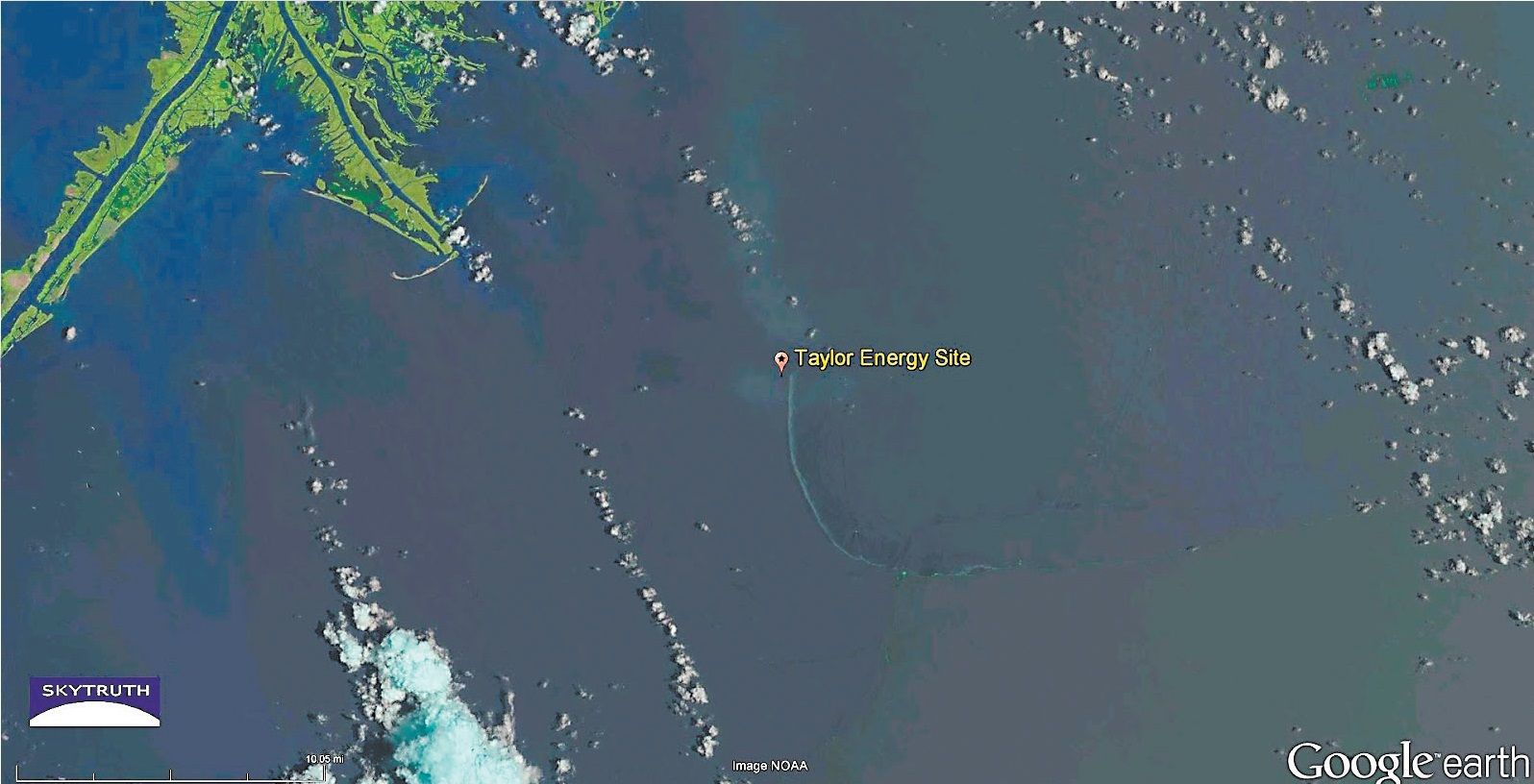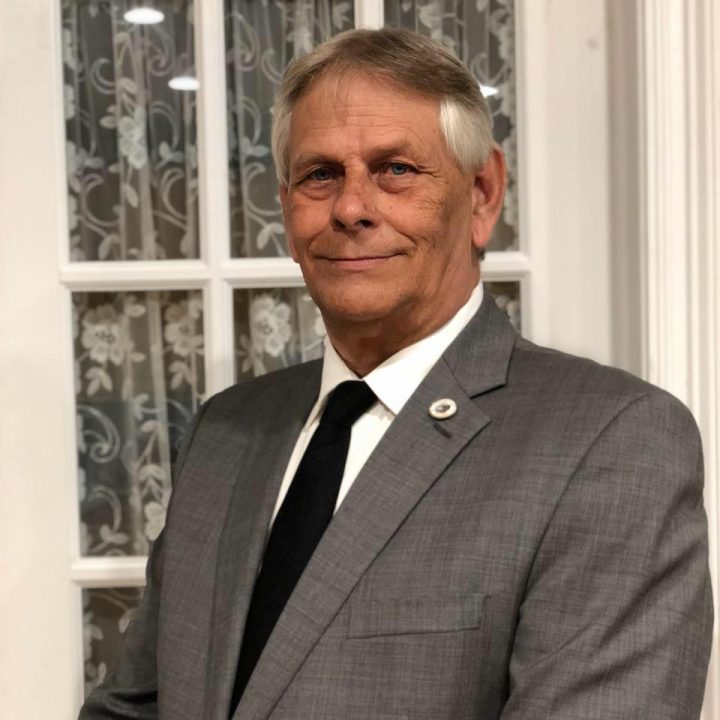
UPDATED: Injured football player ‘responding’, but still in critical condition
September 30, 2015
Alfreda Richoux
October 6, 2015The Louisiana Universities Marine Consortium in Cocodrie is among organizations that will benefit from a $400,000 cash award resulting from a lawsuit by environmental organizations against a defunct oil exploration company whose toppled drilling rig has continually leaked oil into the Gulf of Mexico for more than a decade.
But the plaintiffs say it is another provision of the settlement – elimination of secrecy that has kept details of the leak from the public – that is the most defining and significant overall benefit.
“When we began this lawsuit, the public was completely in the dark about what was happening with this ongoing oil spill,” said Mark Yaggi, Executive Director of the Waterkeeper Alliance, one of the organizations that brought suit against now-defunct Taylor Energy. “This agreement will provide much needed transparency, and therefore accountability, surrounding the response process. We hope that once the veil of secrecy has been lifted, independent experts will look at what Taylor has done so far and provide insight as to whether there is more that can be done to stop this spill.”
The problem was first reported to federal authorities by Taylor Energy in 2004, following the toppling of a platform about 12 miles southeast of the Mississippi River’s mouth, by Hurricane Ivan.
The platform, Mississippi Canyon 20-A, lorded over 28 producing oil and gas wells. As a result of the calamity oil began spilling into the Gulf.
The amounts of oil, according to initial estimates provided by Taylor and the Coast Guard, were considered minimal once some capping had been done. The Taylor spill did not receive any public attention.
That changed in 2010, ironically as the result of a monumental oil disaster.
A West Virginia non-profit environmental organization, Skytruth, was scanning publicly available satellite images of the Gulf on a daily basis, while monitoring the BP oil spill.
“We were tracking the growth of the oil slicks from the BP spill ,” said David Manthos, Skytruth’s communications director. “We realized this spill off the delta doesn’t look like it is connected and that this has been going on for a while, and sent the information to our partners.”
The partners were the Waterkeeper Alliance, Apalachicola Riverkeeper and the Louisiana Environmental Action Network.
The organizations studied what data and reports were available about the spill, learning that the responsible party was Taylor Energy, a now-defunct New Orleans-based exploration company. The recorded data, environmental advocates suspected, represented lower volumes of oil than continued satellite images suggested.
Alleging that Taylor was not adequately addressing the on-going spill and seeking release of more information, the organizations filed suit in federal court against Taylor, with the aid of the Tulane University Law School Environmental Law Clinic.
“The relief that was sought was abatement of the leak, to make it stop,” said Adam Babich, director of the clinic.
The settlement, agreed to last month, includes what Babich said is “a waiver of confidentiality as to most documents,” Babich said. “What had been going on was Taylor and the Coast Guard were treating all the information about the response as confidential. Taylor had sued the Coast Guard to prevent the release of information.”
Meetings held since the suit was filed resulted in the upgrading of spill information. Reports in prior years had put the amount of oil spilled at about four gallons per day. The estimates now are at 85 gallons per day.
Paul Orr, the Lower Mississippi Riverkeeper of Louisiana Environmental Action Network said that to him it was clear to him that Taylor wanted to keep as much information about the spill secret as possible.
“They made no bones about the fact that they did not want the public to know about what was happening,” Orr said. “We strongly believe that when public resources like the waters and fisheries of the Gulf are affected by private enterprise that the public has a right to know what is happening and that their interests should be represented. The U.S. Government has failed at it’s responsibility to inform the public and represent their interests and that is where Waterkeepers come in, to restore the democratic principles we seem to be losing to corporate power.”
Taylor Energy Company sold off its assets to a South Korean company and another international firm, but maintains one full-time employee in the U.S. who could not be reached for comment.
A charitable organization, the Patrick F. Taylor Foundation, continues the philanthropic work of its namesake, the energy company’s founder. But a spokesman for the foundation said it is not involved with the litigation.
The suit is important, environmental advocates said, because it indicates a baseline that could guard against future abuse by oil companies as well as the government in terms of information release.
LUMCON Director Nancy Rabalais said it is too soon to know how the money headed toward Cocodrie will be utilized.
Parties to the suit said they are confident that a gift to LUMCON can go a long way toward aiding continued research on the Gulf of Mexico, and thus benefit its long-term health.
LUMCON has “a long history of conducting research and education programs on the environment and the health of the Gulf of Mexico,” said LEAN Executive Director Marylee Orr, who also oversees the Lower Mississippi Riverkeeper program. “We are excited that this Supplemental Environmental Project will help LUMCON study and mitigate the impacts of oil pollution on the Gulf.”












